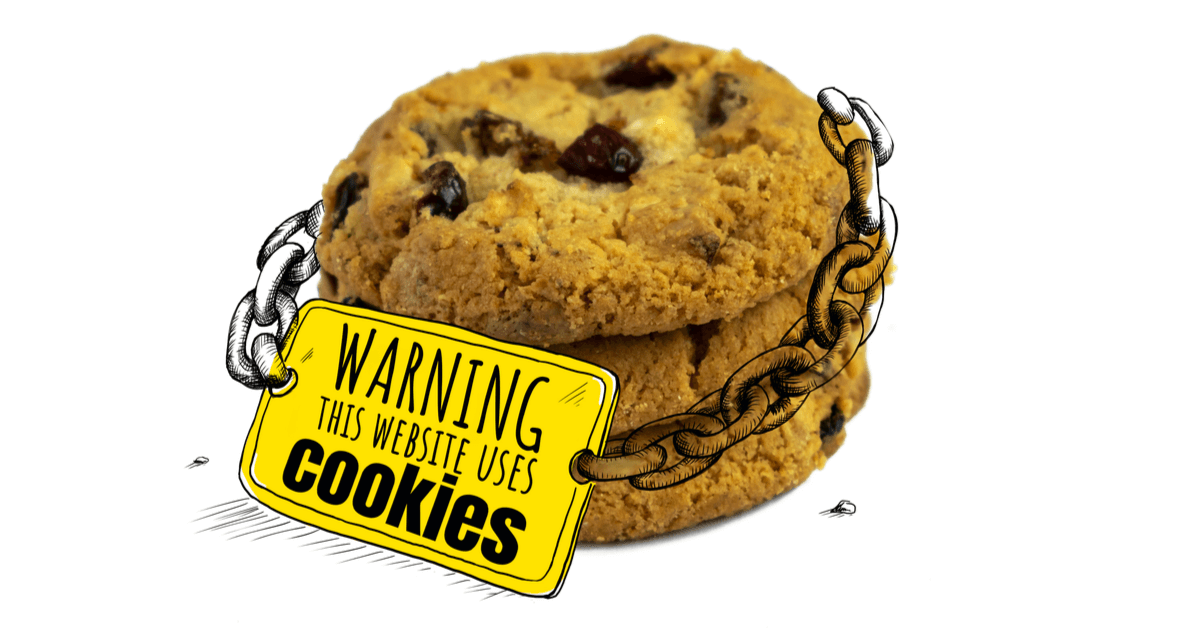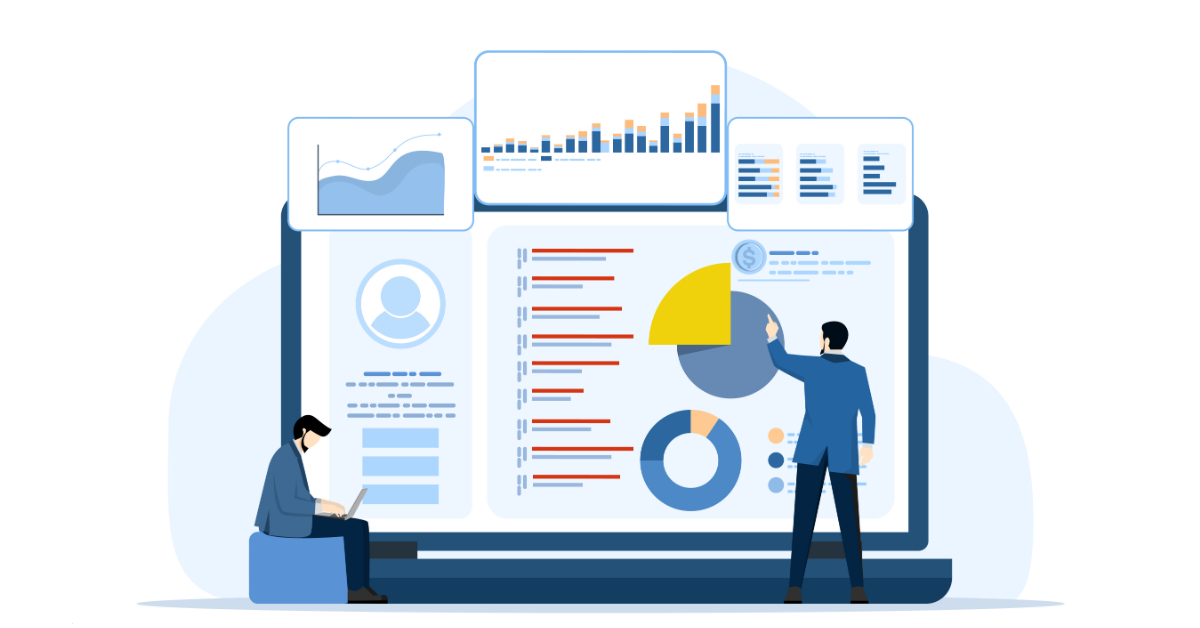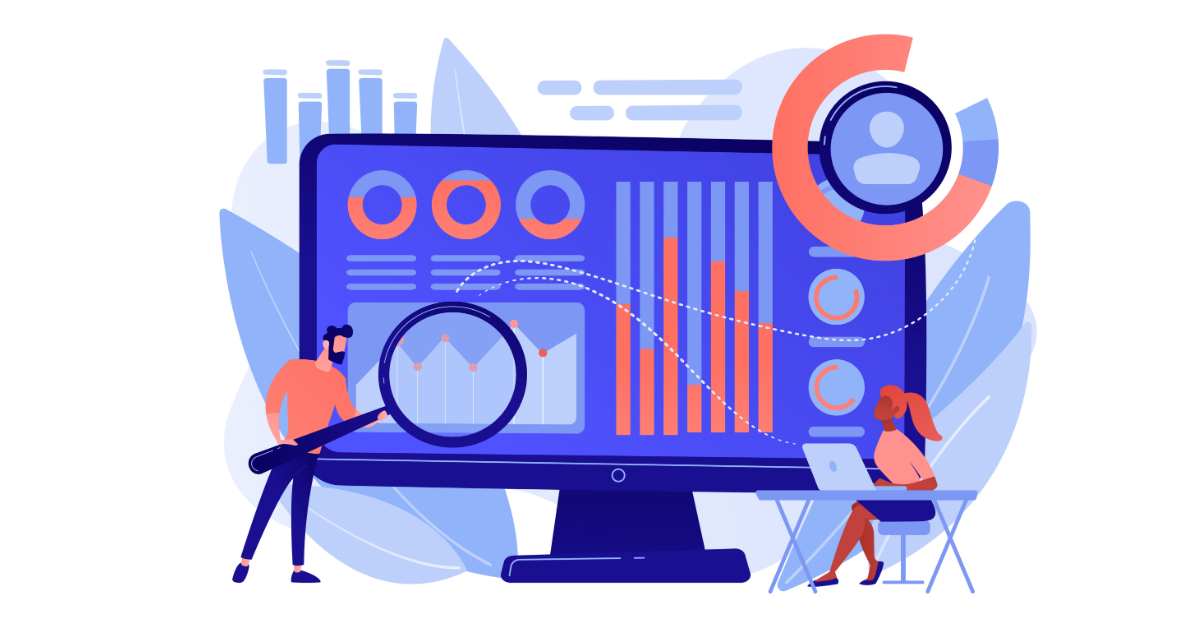Just a few weeks ago, Google released news that stirred up the marketing world and forced digital marketers to rethink how their future strategies for PPC advertising would look:
Within two years (from January, 2020), Google intends to block all third-party cookies in Chrome web browsers.
*Queue ominous Jaws theme-song*
Considering that Google Chrome holds about 64% of the world's browser market share, and us digital marketers rely heavily on cookies to track behaviours so we can target and re-target our behavioural marketing to consumers - that's a pretty big deal.
But don't panic! We've got everything you need to know about the upcoming change summarised for you below, including some of our predictions on how best to negate the foreboding cookie-apocalypse.
What are 'Third-Party Cookies'?
If you're new to digital marketing or haven't deep-dived into how your company's Google advertising works yet, you're probably wondering what on earth we're talking about.
By definition;
"Third-party cookies are code created by domains other than the one you are visiting directly, hence the name third-party. They are used for cross-site tracking, retargeting and ad-serving." - Clearcode, 2018
Simply put, third-party cookies are ads set by another website other than the one you are currently on. For example, maybe you're looking up reviews for the latest iPhone release, when suddenly a perfectly timed Google display ad for the newest Samsung Galaxy appears on the side of your screen that you were browsing through a few days ago, offering you a darn-good deal.
Hot play, Samsung.
You can see how this poses a bit of a threat to the current marketing practices of digital agencies, as astutely put by Dick O'Brien of The 4A's;
"It would threaten to substantially disrupt much of the infrastructure of today's Internet without providing any viable alternative..."
Why is Google Removing Third-Party Cookies?
After decades of third-party cookies, you might be wondering why Google has decided to implement such an earth-shattering change now? Well, idealistically Google is thinking of the average searcher and wants to arm it's users with increased privacy control, but not stop advertisers from targeting their consumers entirely.
"We are confident that with continued iteration and feedback, privacy-preserving and open-standard mechanisms like the Privacy Sandbox can sustain a healthy, ad-supported web in a way that will render third-party cookies obsolete" - Google, 2020
Users are demanding more and more transparency, choice and control over their data and how it is used - and rightfully so. While some browsers have opted to support blocking third-party cookies, Google acknowledges that this can have some negative effects on the web ecosystem (like rendering entire web-pages non-responsive, for example) and through their Privacy Sandbox initiative, are moving to a more forward thinking solution.
Essentially, Google's new Privacy Sandbox solution will avoid any kind of fingerprinting by replacing cookies with five application programming interfaces. That means that a user's privacy is protected by anonymity, while marketers are still able to gather data and analytics around how their ads are performing, distributed and attributed.
But again, Google is planning on rolling this out slowly over a two year period to allow developers and advertisers to react and adjust accordingly - so don't panic just yet!
How to do Digital Marketing 'Cookie-Free'
So as digital marketers, how are we going to stay on our toes and react quickly to this development? Well, we think there's probably a lot to come in terms of innovation and change from both Google and digital marketers alike, so first and foremost keep your eyes peeled.
But here are our thoughts on where to start.
1) Contextual Marketing
Somewhat of a return to an older marketing thesis, contextual marketing is about to make a comeback. The next-best thing to cookies is the use of keyword research and keyword contextual-based advertising. That means, when a person lands on a website they're interested in, they'll be presented with ads contextually relevant to what's on that website.
The ads you see will be based on the content you're looking at, rather than your overall consumer profile. For example, if you're looking up 'best puppy breeds', it wouldn't make much sense to serve you an ad for Hubspot, but it would make within that context to offer you the newest edition of Mark Vette's Puppy Zen.
There will be a significant shift in focus to the when, where and why of display ads, in the pursuit of a high click-through rate. It will no longer be about what you looked at online last week, but what you're looking at right now.
If you're interested in learning a little more about contextual marketing, we'd recommend jumping into this brilliant FREE online course put together by Hubspot Academy.
2) People-Based Targeting
With third-party cookie marketing, you're targeting the collated profile of an anonymised mobile ID or 'data'.
This differs with people-based marketing, as you're collecting information from online sources (how and where your customers engage with online media), offline sources (the geographics, demographics and psychographics), and mobile data (which device your customers are using) to paint a full picture of the person you're selling to. In short, your marketing is targeting actual people, with individual lives, interests, challenges and experiences.
In practice, a well executed people-based marketing strategy requires:
- Identification: conducting persona research to identify who your customers actually are, and constructing a picture of what their day-to-day lives look like.
- Data: from purchase data, to engagement statistics and click through rates, you're going to need to know exactly how your customers are engaging and tailor your marketing efforts accordingly.
- Automation: you're going to need to make full use of your CRM to build a really accurate profile of your customers (first-party data of your own, rather than relying on Google) and use that information you've collated from their engagements to get up close and personal, utilising marketing automation to scale this.
3) Content Marketing
We've said it before and we'll say it again; content is the cornerstone of any good inbound strategy and this is going to prove to be truer than ever before as we witness the decline of third-party cookies.
If you're going to use contextual marketing and first-party data that you're collecting in your CRM to create winning marketing strategies, you're going to need some killer content to drive it. That means producing super relevant, super interesting content and placing it in front of the right people, at the right place and the right time.
At the end of the day, customers might be frustrated by nefarious pop-up ads, but they're never going to berate you for providing them with the perfect piece of relevant, useful and well-written content exactly when they need it.
In fact - they'll probably thank you for it through engaging with your services.






Comments